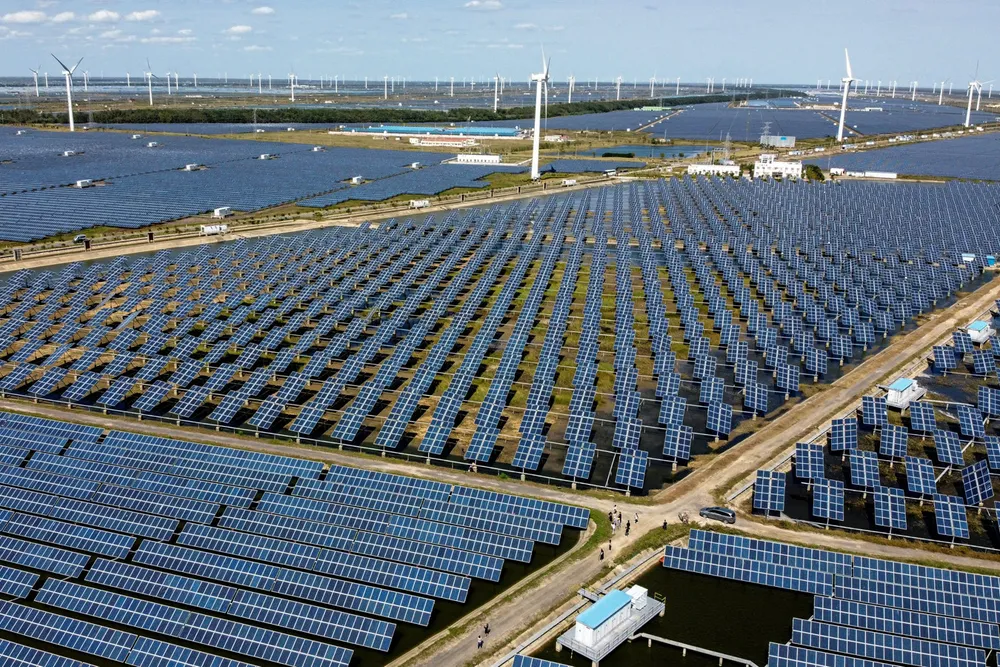Global green hydrogen production set to require 50GW of renewable energy by 2027: IEA
This 100-fold increase could be 80% higher if supportive government policies are put in place, says new report by the International Energy Agency

This 100-fold increase could be 80% higher if supportive government policies are put in place, says new report by the International Energy Agency
